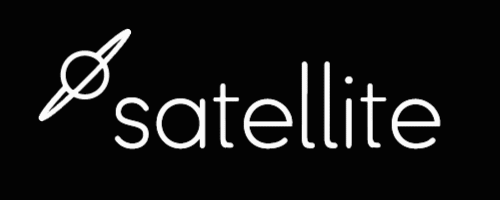I wanted to write a little about Channelling Talent, a documentary we recently produced in collaboration with the RSA, exploring the impact of music industry structures upon musicians.
The film making process was interesting in itself – we'd decided upon a format of long-form interviews, in an attempt to get a more personal and considered response from participants. As part of the initial shaping of the piece, I'd suggested that each person should pick a location in which they'd like to be interviewed, that told a story about their own relationship to music. That had two effects: one was to make sure contributors felt both at home, and also in a mindset where they were passionate about music (to be fair, they were pretty much in that mindset all day anyway). The other effect was to visually signify the environments, textures, feelings and relationships to physical space that are part of their relationship with music. The support that Emma leans on in the basement of Plastic People, for example, is where she used to stand at a FWD>> night, watching grime and dubstep in its infancy. I used to attend that night too, and heading across to Old Street and down into the club (only this time sober, and with a list of questions) brought back a lot of memories. In the same way that I could physically feel my own relationship with music walking through the bar area, I think you can feel Emma's as she stands against the support: calm, considered, but with a big smile; that combination of deep personal engagement and simultaneous detachment that is the hallmark of any great music journalist.
The same interaction can be said of every contributor, I think: Totem's wood-panelled studio, built by the band; Susan's favourite Salford venue; Alibi club where Elijah puts on Jamz – a night where his regular DJs can play what they want, no questions, and where the staff paused building work for us because, hey, it's Elijah's interview.
It was a real pleasure working with the RSA. The film, to be clear, is only one output in a whole suite of research around music communities, more of which can be found here. That research-heavy approach could have been a real burden, but it wasn't – Jonathan from the RSA was much more interested in the elements of personal experience that could be captured only by close, personal interview, and which might not fit into traditional research boxes. That resulted in a lot of freedom and, in my experience, is pretty forward-thinking for a large institution.
Both I and Satellite have worked in a research context before, and have always found it thought-provoking. The extent to which researchers and academics are willing to let go of the reins, to hand over their hard-won findings and institutional backing, is instructive. We tried to do justice to this: a long-held personal interest is the extent to which the moving image can allow for new spaces and ways to think, rather than just being a new avenue for old thoughts. Being able to juxtapose participants, to construct an argument between them using only their own words, is perhaps one way. There are more subtle things too: the animation sections were created using background textures from the interview locations, and bits of equipment or music paraphernalia mentioned in interviews. I'd find it hard to describe in words exactly what those sections tell the viewer about the music industry, but I know that they do tell something, and the combination of both of those things – the untranslatable but nevertheless valuable – hopefully means we're on the right track.



